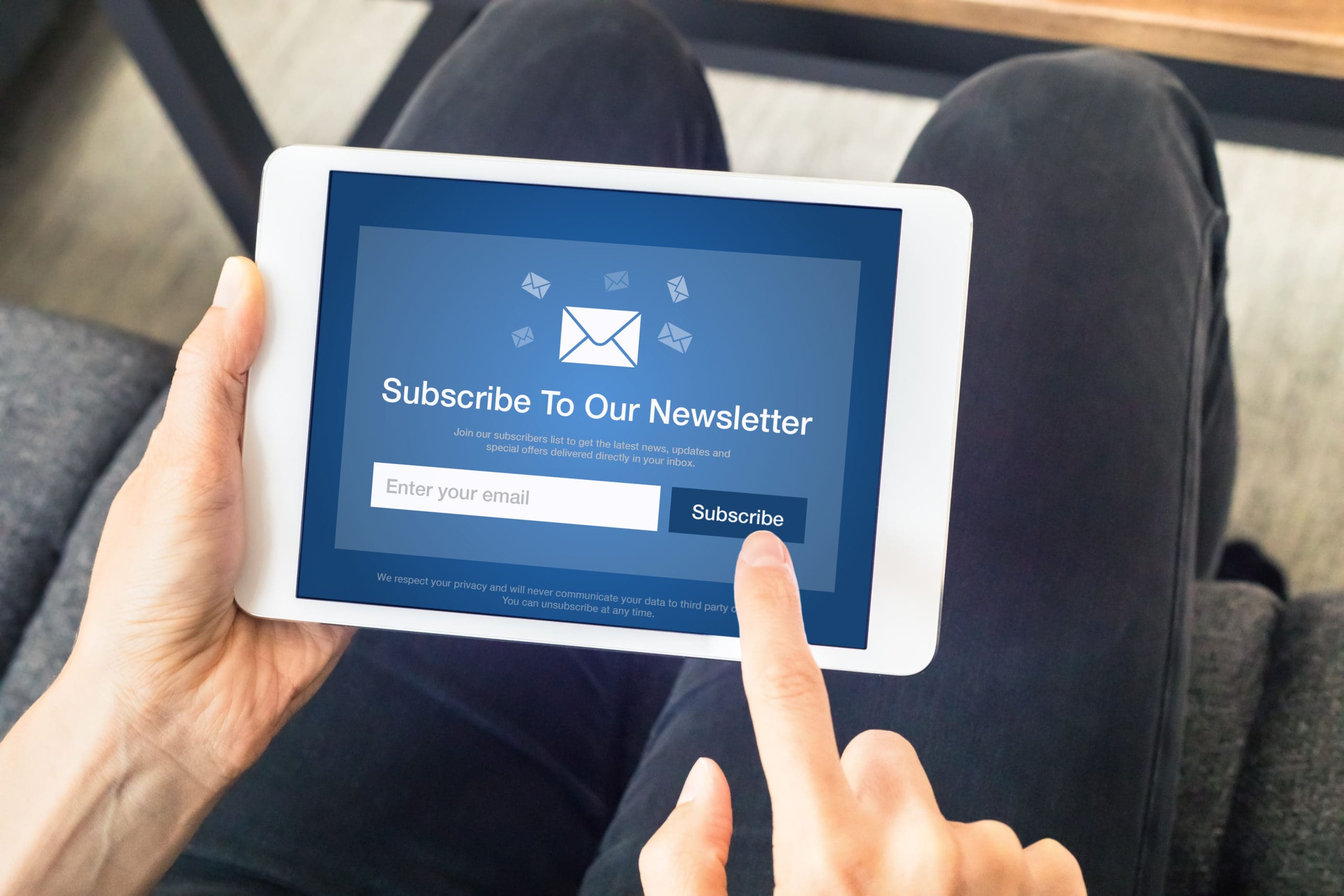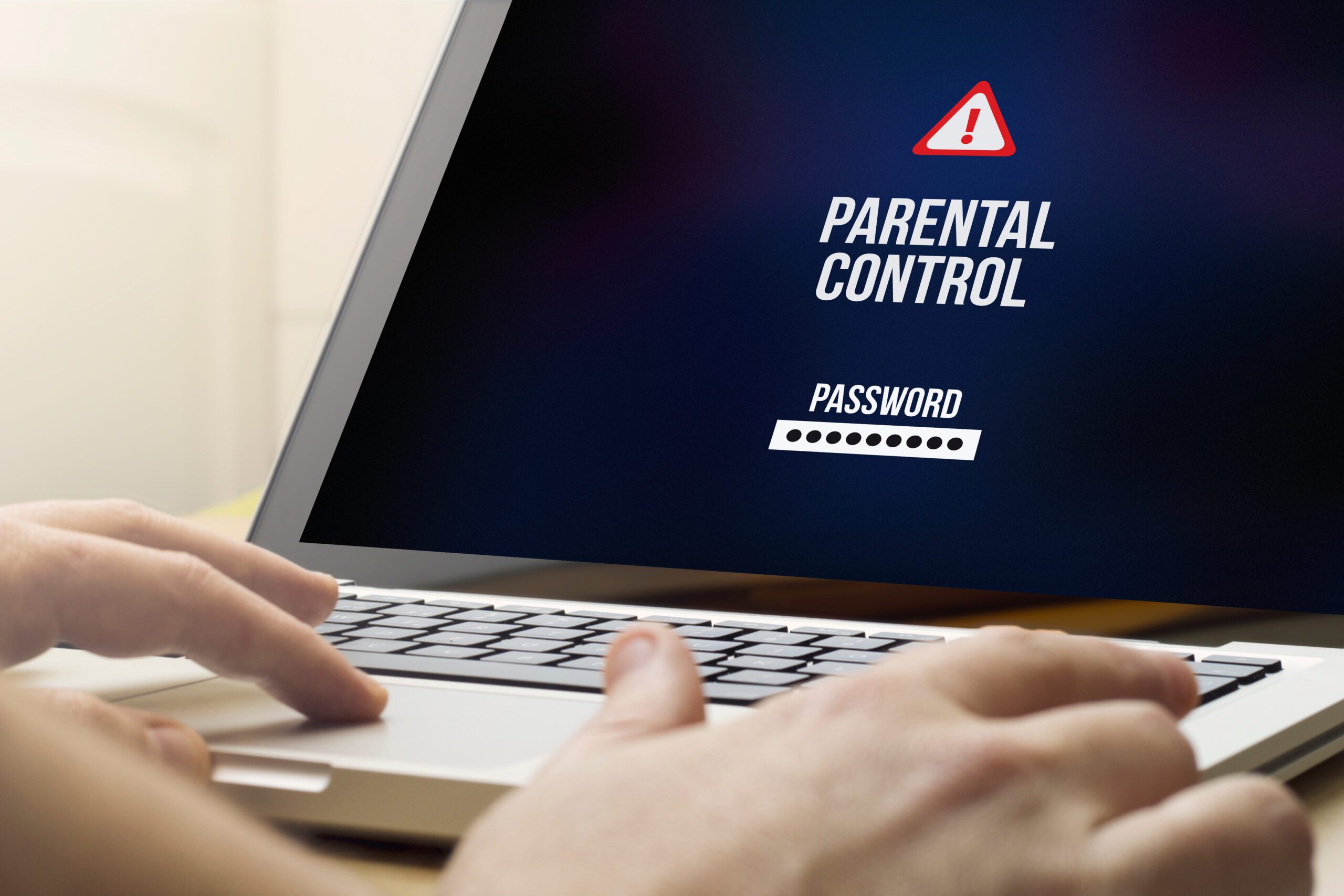How to Keep Your Email Subscriptions Private and Secure

While you might believe that email subscriptions are trivial and unlikely to pose a security threat, it’s essential to recognize that your inbox can be a treasure trove of personal information for cybercriminals. As you navigate the daily influx of newsletters and promotional content, you must keep your guard up to protect your privacy and secure your digital correspondence.
By adopting strategies such as using a dedicated email address and implementing robust passwords, you’re not only safeguarding your subscriptions but also putting a barrier between hackers and your sensitive data. Moreover, recognizing phishing attempts and managing subscription settings play a pivotal role in ensuring that your online presence remains under the radar.
Now, let’s consider the less obvious measures you can take to fortify your email privacy, some of which may surprise you with their simplicity and effectiveness.
Use a Dedicated Email Address for Email Subscriptions
Creating a dedicated email address specifically for subscriptions can significantly bolster your privacy and reduce the risk of exposing your primary communication channels to security threats. By compartmentalizing your digital footprint, you’re not only safeguarding your sensitive information but also streamlining the management of your online subscriptions.
Here’s how it works: when you subscribe to newsletters, services, or promotions, use this separate account. It’ll act as a buffer, shielding your main account from potential spam and phishing attempts that often accompany such sign-ups. Moreover, in the event of a data breach, the isolated nature of this subscription-specific email limits the spill-over risks.
You’ll want to ensure your dedicated email has a strong, unique password, and wherever possible, enable two-factor authentication for an added layer of security. Keep the recovery information up-to-date to avoid lockouts.
Implement Strong Passwords
While setting up a dedicated email for subscriptions helps segregate your digital presence, it’s equally critical to implement strong passwords to secure this account against unauthorized access. A robust password acts as the first line of defense, deterring cyber intruders from compromising your personal information.
You must create passwords that are complex and unpredictable. Aim for a minimum of 12 characters, incorporating a mix of uppercase and lowercase letters, numbers, and symbols. Avoid using easily guessable information, such as common words, sequences, or personal details that someone could find or infer from your social media profiles.
Leverage password managers to generate and store your passwords securely. These tools create strong, unique passwords for each of your accounts and encrypt them with a master password. The master password is the only one you need to remember, simplifying your security without compromising it.
Enable two-factor authentication (2FA) for an added layer of security. This requires a second form of verification, such as a text message code or an authentication app, to access your account, even if someone has discovered your password. By combining a strong password with 2FA, you significantly reduce the risk of unauthorized access to your email subscriptions.
Enable Two-Factor Authentication
You’ve set a strong password, but you shouldn’t stop there. Enhancing your account’s defense, enables two-factor authentication (2FA) to add an extra layer of security.
Strengthening Login Security
Bolster your account’s defenses by enabling two-factor authentication, an essential step in preventing unauthorized access to your email subscriptions. This security protocol adds an extra layer of protection by requiring two types of credentials before granting access to your account. Here’s how you can enhance your login security:
- Use Authenticator Apps: Opt for time-based, one-time passcodes from apps like Google Authenticator or Authy, which are more secure than SMS codes.
- Secure Backup Methods: Keep backup codes in a safe place or use a physical security key as a failsafe.
- Regularly Update Recovery Info: Ensure your recovery phone number and email are up-to-date to prevent lockouts or breaches through outdated information.
Implementing these measures significantly reduces the risk of compromise, keeping your digital correspondence secure.
Implementing 2FA Options
How do you ensure that no one but you can access your email subscriptions even if they’ve your password? Implementing two-factor authentication (2FA) on your accounts is the key. This security measure adds a critical second layer of defense. Upon entering your password, you’ll be prompted for a secondary code, typically sent to your mobile device or generated by an authenticator app. It’s imperative to activate 2FA wherever possible, especially for email accounts that aggregate sensitive subscription information.
Start by navigating to your email account’s security settings. Look for 2FA options and choose the most suitable method—SMS, authenticator app, or hardware token. Follow the setup instructions meticulously to link your account with the chosen 2FA method. Once enabled, test it to ensure it’s operational.
Recognize and Avoid Phishing
To safeguard your email subscriptions, it’s crucial to identify and sidestep phishing attempts that threaten your personal data. Phishing is a deceptive practice where scammers impersonate legitimate entities to trick you into providing sensitive information. They often use emails that mimic the look and feel of authentic communications from subscription services you trust.
Here’s what you need to watch for:
- Unexpected Requests for Information: Legitimate companies rarely ask for your sensitive data via email. Be wary of messages soliciting passwords, payment details, or personal identifiers.
- Suspicious Links and Attachments: Avoid clicking on links or downloading attachments from unknown or untrustworthy sources. These can lead to malicious websites or install malware on your device.
- Pressure Tactics and Urgency: Phishers often create a sense of urgency, pressuring you to act quickly. Always take the time to verify the authenticity of the request through other channels.
Exercise caution with any email that asks for direct action involving your personal information. Verify the sender’s email address for any discrepancies, and look for generic greetings or misspellings, which are red flags. When in doubt, contact the company directly using information from their official website, not the contact details provided in a suspicious email.
Protecting your email subscriptions starts with your vigilance against phishing scams.
Manage Subscription Settings
Dig into your email subscription settings to ensure you’re only receiving content that’s relevant and secure. It’s crucial to routinely audit these settings to maintain control over your digital footprint. Start by accessing the subscription management section, often found at the bottom of an email or within the account settings of the service provider’s website.
Identify and adjust the frequency of emails to prevent inbox overload. Many services offer options such as daily, weekly, or monthly digests. Opt for the least frequent interval that meets your needs to minimize exposure and maintain a clean inbox.
Next, scrutinize the types of communications you’ve consented to. Uncheck categories that are non-essential or that you no longer wish to receive. This action can significantly reduce the volume of incoming emails.
Enable two-factor authentication (2FA) for services that provide it. This adds a layer of security, as it requires a secondary verification method, usually through your mobile device, to access your subscription settings.
Lastly, be vigilant about the sharing of your email address. Ensure that the privacy settings within each subscription service are set to prevent your email from being shared with third parties. Regularly updating these preferences helps safeguard your personal information and reduces the risk of data breaches.
Regularly Review Account Activity
You must consistently monitor your login history to detect unauthorized access to your email subscriptions. Scrutinize the subscription notifications you receive to ensure they align with your expected activity. Promptly update your security measures if discrepancies in account activity are noted.
Monitor Login History
Regularly checking your email subscription account’s login history can serve as a crucial line of defense against unauthorized access. By scrutinizing the dates, times, and locations of recent logins, you’ll quickly notice any suspicious activity that could indicate a breach. It’s not just about identifying intruders; it’s also about ensuring your privacy controls remain intact.
To efficiently monitor your login history, consider these steps:
- Enable Login Notifications: Receive alerts for new logins from unrecognized devices or locations.
- Review Login Locations: Verify the geographic locations of account access align with your movements.
- Regularly Update Security Settings: Adjust security measures in response to any anomalies in login patterns.
Adopting these proactive measures will augment your email account’s security posture, helping you to maintain the privacy of your subscriptions.
Analyze Subscription Notifications
While monitoring login history provides a foundational layer of security, scrutinizing subscription notifications can offer additional insights into your account activity, ensuring that all communications align with your expectations and consent.
You must regularly audit these alerts to verify their legitimacy. Phishing attempts often masquerade as subscription confirmations to pilfer sensitive information. Inspect sender addresses and URLs with meticulous attention to detail, identifying discrepancies and inauthentic links.
When an unexpected subscription notification appears, investigate its origin immediately. If it’s unsolicited, it’s likely a sign of a security breach or unauthorized use of your email address. Prompt actions, such as updating passwords and notifying service providers, can mitigate potential risks.
Stay vigilant by managing subscriptions proactively, and maintaining strict control over your digital footprint.
Update Security Measures
To bolster your email’s defenses, it’s crucial to periodically review account activity and update security protocols accordingly. By staying vigilant, you’ll ensure that your subscription information remains secure and that unauthorized access is swiftly detected and addressed.
Consider implementing the following measures to maintain a robust security posture:
- Regularly Change Passwords: Opt for complex, unique passwords and update them periodically to reduce the risk of compromise.
- Enable Two-Factor Authentication: Add an extra layer of security by requiring a second form of verification when logging in.
- Monitor Login Records: Keep an eye on your email’s login history to spot any unusual activity that may indicate a breach.
=> If you found this article useful, you might also enjoy:
–How to Opt Out of Peoplesmart.com
–How to Remove Your Number from Spam Calls: Ultimate Guide
–Instant Checkmate Opt-Out: How to Remove Yourself from Instant Checkmate
–Remove My Phone Number from Google Search: Complete Guide
And more, visit our blog!





